Jewelry resin is a popular material for creating unique, glossy pieces that truly stand out.
Whether you’re crafting rings, earrings, or pendants, selecting the right type of resin can significantly affect your designs' appearance and durability.
From UV resin to epoxy, each option has its own strengths, depending on your project goals.
With so many choices available and trends constantly evolving, it’s essential to understand which resins are effective and which are fading out of popularity.
In this guide, we will explain the different types of jewelry resin and how to use them, as well as highlight the DIY styles that are currently trending or losing relevance as we approach 2025.
Types of Jewelry Resin: Which One Is Best for Your Project?
Choosing the right resin for your jewelry project depends on the type of piece you’re making, how much time you have, and your experience level.
Each resin has different qualities that can affect the finish, working time, and durability. Below is a breakdown of the four most common types of resin used in jewelry making to help you find the best fit for your project.
1. Epoxy Resin
Epoxy resin is a two-part resin made by mixing equal parts of resin and hardener.
- Great for beginners thanks to its easy 1:1 mixing ratio.
- Self-leveling and creates a clear, glossy finish—ideal for pendants, domed pieces, and flower embedding.
- Offers a long working time so you can make adjustments before it sets.
- Takes longer to cure compared to other resins, so plan for extra drying time.
2. UV Resin
UV resin is a single-part resin that hardens quickly under ultraviolet light.
- Cures quickly (within 1–2 minutes) under a UV lamp, perfect for fast projects.
- Best for small items like bezels, charm coatings, and thin layers.
- Not ideal for deep pours or large molds due to its limited durability.
- Convenient but less flexible for complex or high-volume work.
3. Polyester Resin
Polyester resin is a liquid resin often used in industrial or commercial applications, but it’s also popular for high-volume jewelry making.
- It is known for its hardness and glass-like finish, it is often used in professional or high-volume casting.
- Has a strong chemical odor and a short working time, requiring careful handling.
- It is ideal for larger projects requiring a rigid, clear finish.
- Not recommended for beginners due to its fast curing and safety precautions.
4. Polyurethane Resin
Polyurethane resin is a fast-curing, two-part resin known for capturing fine details.
- Cures quickly capture fine details, making it great for detailed mold work.
- Durable but can yellow over time if not UV-resistant.
- Requires good ventilation and careful mixing to avoid issues.
- A solid choice for experienced crafters working on intricate designs.
📌 Quick Tablle Comparison
|
Resin Type |
Cure Time |
Finish |
Ease of Use |
Cost |
|
Epoxy Resin |
Slow |
High Gloss |
Beginner-friendly |
Moderate |
|
Very Fast |
Glossy |
Easy, precise |
Higher |
|
|
Polyester Resin |
Fast |
Hard, glass-like |
Advanced |
Lower |
|
Polyurethane |
Quick |
Durable |
Precise handling |
Moderate |
How to Use Jewelry Resin: Step-by-Step for Beginners and Pros
Making resin jewelry is a creative and rewarding process, whether you're just starting out or have a few projects under your belt. With the right tools and a step-by-step approach, you can create beautiful, one-of-a-kind pieces.
This guide walks you through the basics, from materials to curing, and tips for avoiding common mistakes.
Essential Tools and Supplies Needed
Before you start, gather these essential items:
|
Resin: Choose between epoxy resin (great for beginners and deep pours) or UV resin (ideal for small, quick projects). |
|
|
Molds or bezels: Silicone molds work best for clean releases; bezels are good for flat, framed designs. |
|
|
Use measuring cups, mixing cups, and stir sticks for accurate blending. |
|
|
Protective gear: Apron, Gloves, a mask, and a drop cloth help keep your space and skin safe. |
|
|
V lamp: Required if you're using UV resin for fast curing. |
|
|
Optional add-ins: Dried flowers, glitter, mica powder, or resin-safe dyes for extra creativity. |
Step-by-Step: How to Make Resin Jewelry
Step 1 - Prep your workspace: Lay down a drop cloth and make sure the area is well-ventilated. Wear gloves and a mask.
Step 2 - Measure and mix: Combine resin and hardener according to package instructions (usually 1:1 for epoxy). Stir slowly to reduce bubbles.
Step 3 - Add inclusions (optional): Mix in your colorants, glitter, or small objects like flowers or charms.
Step 4 - Pour into molds: Slowly fill your molds or bezels to avoid trapping air bubbles.
Step 5 - Remove bubbles: Use a heat gun, torch, or toothpick to pop any rising surface bubbles.
Cure the resin:
- Epoxy resin: Let it sit undisturbed for 24–72 hours, depending on the brand.
- UV resin: Cure each layer under a UV lamp for 1–2 minutes.
Step 6 - Demold and finish: Once fully cured, gently remove your piece from the mold. Sand edges if needed.
Step 7 - Attach findings: Add earring hooks, jump rings, or chains to turn your piece into wearable jewelry.
Common Mistakes to Avoid
- Incorrect mixing: Not mixing thoroughly or using the wrong ratio can lead to soft or sticky resin.
- Air bubbles: Embed dried flowers or other porous items only after sealing them to prevent bubbles.
- Wrong molds: Always use resin-safe silicone molds to ensure easy removal and clean results.
- Poor curing conditions: Avoid cold or humid spaces—temperature affects how well resin sets.
- Rushing the process: Curing takes time. Don’t demold too early or you may ruin the shape or finish.
By following these guidelines, you can create stunning resin jewelry whether you're just starting out or have some experience.
Jewelry Resin Safety: What Every Crafter Should Know
Working with jewelry resin can be safe and enjoyable if you take the right precautions.
Understanding how to handle resin properly helps reduce health risks and keeps your workspace safe.
Also Read:
Is Jewelry Resin Safe to Use at Home?
Yes, jewelry resin can be used safely at home if basic safety steps are followed.
Most epoxy resins are low in volatile organic compounds (VOCs), but good ventilation is still important to avoid breathing in fumes during mixing and curing.
UV resin can also release odors or fumes during the curing process, especially under a lamp. Always work in a well-ventilated space—open windows or use a fan to help with airflow.
Be sure to read and follow the safety instructions on the resin label, as each product may have different handling requirements.
How to Protect Yourself While Working with Resin
To stay safe while working with resin, follow these key precautions:
- Wear nitrile gloves to protect your skin from irritation. Avoid latex gloves, as they can degrade in contact with resin.
-
Use safety glasses to prevent splashes from getting into your eyes.
- Consider a respirator mask if you're working with large amounts of resin or in a space with limited airflow.
- Work in a ventilated area, preferably near an open window or with a fan running to help clear the air.
- Keep pets and kids away from your crafting area to prevent accidental exposure.
-
Store resin properly in a cool, dry place away from direct sunlight or heat sources. Make sure lids are tightly closed after use.
Taking these simple steps can help ensure a safe and comfortable experience while creating with resin.
Adding Color and Effects to Jewelry Resin
Enhancing jewelry resin with colors and effects allows for endless possibilities in creative design. From choosing the right colorant to adding unique effects, each step is crucial in personalizing your piece.
Resin Colorants: What Works Best
Different colorants can be used to achieve distinct effects in resin jewelry.
Alcohol inks create vibrant colors and flow effortlessly into resin. They blend well and can produce interesting patterns.
Resin-specific dyes offer consistent color quality and are designed to mix evenly with resin, preventing clumping.
Mica powders provide a shimmery finish, adding a metallic or pearlescent effect. They disperse well and are highly reflective.
Acrylic paints can also be used, but sparingly. Too much paint may alter the resin’s curing properties.
Popular Effects to Try
Various effects can elevate the appearance of resin jewelry. Swirling different colors with a stick creates beautiful swirls and marbling.
Layering colors at different stages of curing can add depth and dimension.
Embedded materials such as glitter, gold foil, and dried flowers for added texture and sparkle.
Try adding glow-in-the-dark powder or holographic film/stickers for something more unique. Depending on how light hits the piece, these options can create stunning visual effects.
Tips for Clarity and Bubble-Free Finishes
Achieving clarity and minimizing bubbles is essential for a polished look. Warming resins slightly before mixing helps reduce viscosity and bubbles.
Using a pressure pot during the curing process can also minimize visible bubbles.
A torch or heat gun helps remove surface bubbles right after pouring. Be mindful not to overheat the resin.
Avoid overmixing and pouring too quickly, as these can introduce air bubbles. These steps ensure a smooth, professional finish for your jewelry pieces.
Where to Buy the Best Jewelry Resin (and What to Look For)
Finding the right resin for jewelry-making comes down to quality, safety, and ease of use. Whether you’re a beginner or an experienced crafter, the right kit can make a big difference in your work's final look and feel.
What to Look for in a Quality Resin Kit
Not all resins kit are created equal. Here are the key features to look for when shopping:
- Clear curing – Choose a resin that cures crystal clear without yellowing over time.
- Non-toxic formula – Especially important for indoor use and skin-safe applications.
- Long working time – Gives you more flexibility to perfect your pours and add details.
- UV resistance – Helps prevent fading or discoloration when exposed to sunlight.
- Low bubble formula – Look for resins that minimize bubbles or work well with bubble-removal tools.
- Good brand reputation – Stick with brands that are known and trusted in the resin crafting community.
- Positive customer reviews – Real user feedback can alert you to any issues or perks not listed on the label.
Recommended Resin Brand: Resiners®
One of the top-rated brands in the resin jewelry space is Resiners®. It’s well-known for offering high-quality tools and resins that streamline crafting.
What makes Resiners® stand out:
- Resin curing machines – Speeds up curing and helps reduce imperfections.
- Bubble removal tools – Designed to eliminate air pockets for smooth, clear finishes.
- Reliable performance – Popular with both hobbyists and professionals for consistent results.
- Strong community support – Backed by a loyal user base and solid reviews.
Resiners® offers beginner-friendly options and advanced tools, making it a versatile choice regardless of your experience level.
Jewelry Resin vs. Polymer Clay
When creating jewelry, it is important to decide between jewelry resin and polymer clay. Each material has its own benefits and challenges, fitting different creative visions and needs.
Key Differences:
Gloss and Transparency: Resin is known for its high gloss and clear appearance, which makes it perfect for jewelry that shines and looks luxurious. This makes resin suitable for pieces that aim for elegance and a glass-like finish.
Moldability and Durability: Polymer clay is easily moldable and can be shaped into detailed patterns before baking. Once oven-baked, it becomes durable and is less fragile compared to resin. Polymer clay allows for custom shapes and intricate details, making it versatile for unique, handcrafted designs.
Material Properties
Resin:
- Offers a shiny, transparent finish.
- Suitable for casting and embedding objects.
- Requires careful mixing and curing time.
Polymer Clay:
- Can be shaped by hand and sculpted.
- Strengthens after baking in a standard oven.
- Comes in various colors that can be mixed.
Considerations:
You might prefer resin if you want a polished look with embedded details or transparent layers. Opt for polymer clay if you're looking to create textured, colorful pieces that require sculpting and detail.
Understanding what each material offers can help you choose the best material for your jewelry projects.
Jewelry Resin vs. Metal Casting
Jewelry Resin
Resin is popular for creating jewelry because it is beginner-friendly. You don't need a kiln or special equipment, making resin jewelry an excellent option for beginners.
Resin can be used to create intricate designs and incorporate colors and other elements.
- Affordable: Resin is usually less expensive than metal casting.
- Flexible Design: Allows for creativity with shapes and colors.
- Beginner-Friendly: No need for a kiln; easy setup and cleanup.
Metal Casting
Metal casting is often used for fine jewelry, offering durability and a classic look that lasts for years. The process involves creating a mold, usually with wax or a special resin and then casting it in metal. This is ideal for pieces that require longevity and strength.
- Durability: Stronger and longer-lasting than resin.
- Professional Finish: Often results in higher quality jewelry.
- More Suitable for Fine Jewelry: Preferred for rings and heirloom pieces.
Comparison Table
|
Aspect |
Jewelry Resin |
Metal Casting |
|
Beginner-Friendly |
High |
Moderate |
|
Durability |
Lower |
Very High |
|
Cost |
Lower |
Higher |
|
Equipment Needed |
Basic Tools |
Kiln and more tools |
|
Design Flexibility |
High, with colors and shapes |
Moderate, mostly limited to metal properties |
Both approaches have their benefits. Resin is great for artistic and colorful designs, while metal casting is ideal for creating long-lasting, high-quality jewelry pieces.
Final Thoughts
Jewelry resin opens up endless possibilities for creative, custom-made accessories.
Whether you’re just starting out or looking to refine your technique, understanding the right resin types and staying on top of current trends can take your designs to the next level.
As styles evolve in 2025, now is the perfect time to experiment and enhance your toolkit.
Discover Resiners® Epoxy Resin and their complete range of craft accessories designed for jewelry making, including the Resiners Machine—a smart solution to simplify and elevate your DIY projects.
Start creating pieces that are not only beautiful but also durable.
FAQs About Jewelry Resin: What Beginners & Buyers Want to Know
Selecting the right resin and understanding its components is crucial for making high-quality jewelry. Using 3D printing technology and knowing how molds impact your creations can enhance your designs. Pricing of handmade resin pieces varies, and UV resin offers distinct benefits, with some limitations to consider.
What resin is used for jewelry?
The most common resin used for jewelry is epoxy resin. It’s clear, strong, and easy to work with, making it ideal for molds and detailed designs. Some makers also use UV resin for quicker projects, especially when curing small pieces. Always choose a resin labeled safe for jewelry or craft use.
Can we carry resin in flight?
Yes, you can carry resin on a flight, but it must be packed properly. Keep it in liquid form in your checked luggage, as most resins are flammable and may not be allowed in carry-on bags. Check airline rules and label the containers clearly. Cured resin items, like jewelry, are safe to pack in carry-on or checked bags.
Can resin jewelry get wet?
Resin jewelry can handle occasional splashes or light moisture but should not be soaked in water. While cured resin is water-resistant, frequent exposure to water can weaken any metal parts or adhesive. To keep your jewelry looking its best, remove it before swimming or bathing. Always dry it thoroughly if it gets wet.
Is resin or epoxy better for jewelry?
Epoxy resin is a type of resin and is generally the best choice for jewelry. It cures clear, is easy to mix, and works well in molds. Compared to other resins, epoxy is more beginner-friendly and creates intense, glossy pieces. UV resin can also be used for small items but may yellow faster over time.


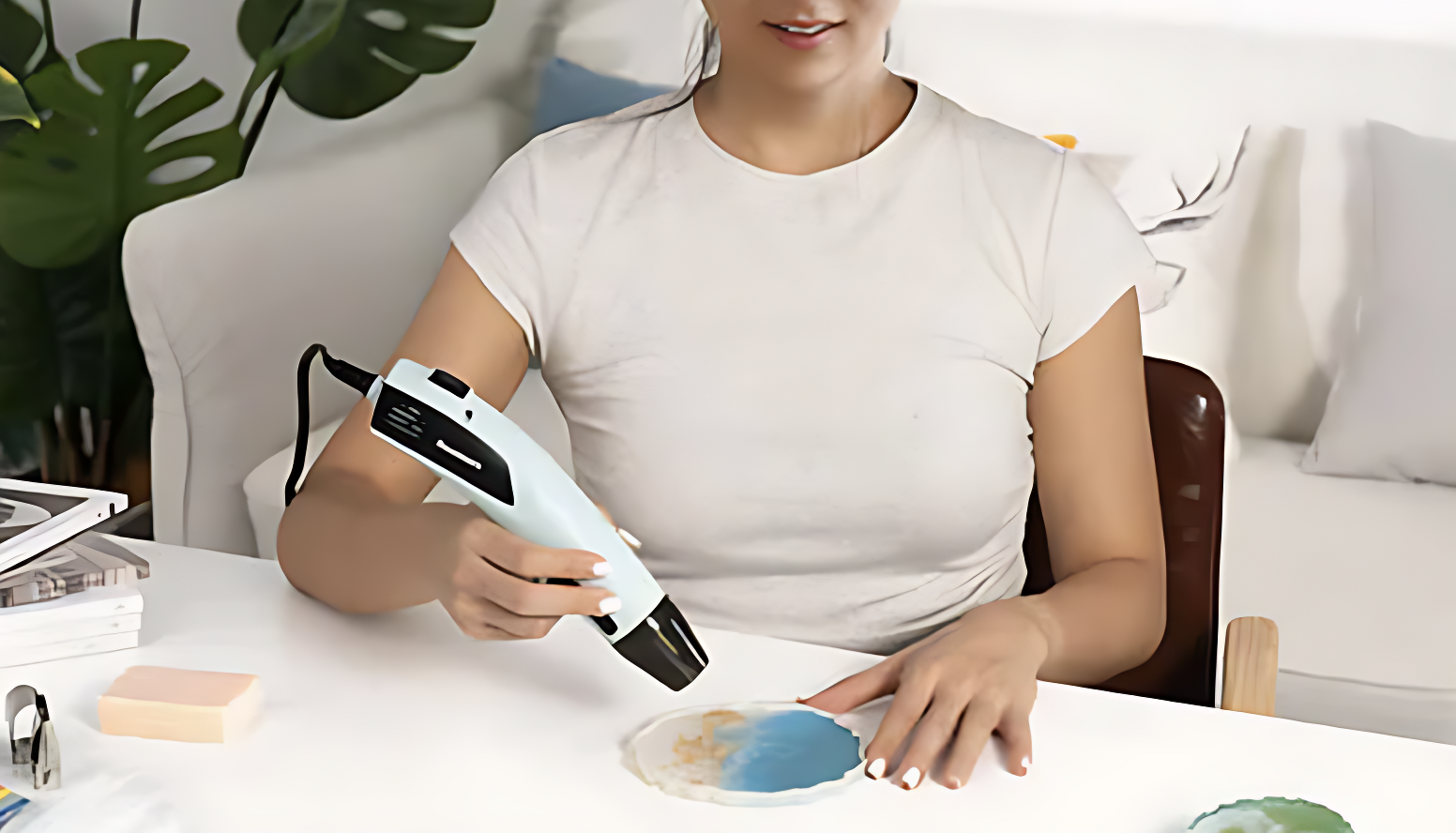

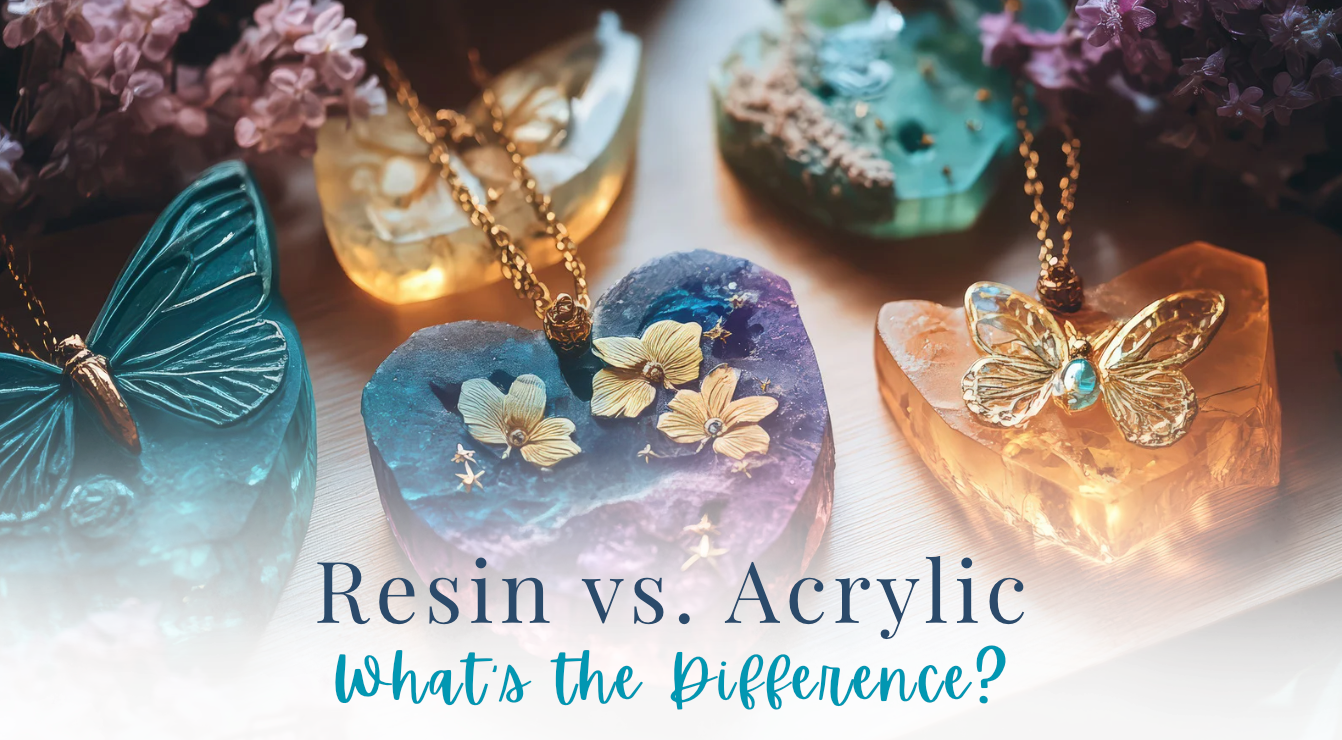
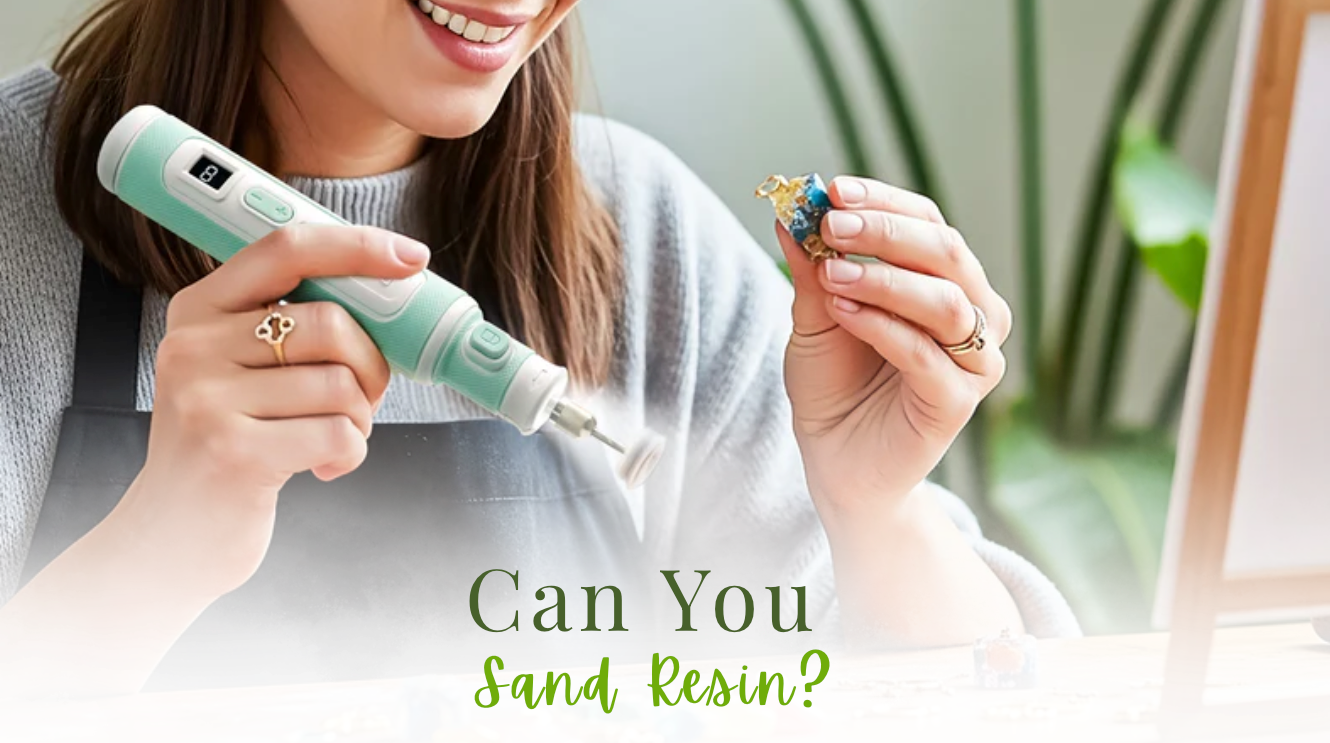
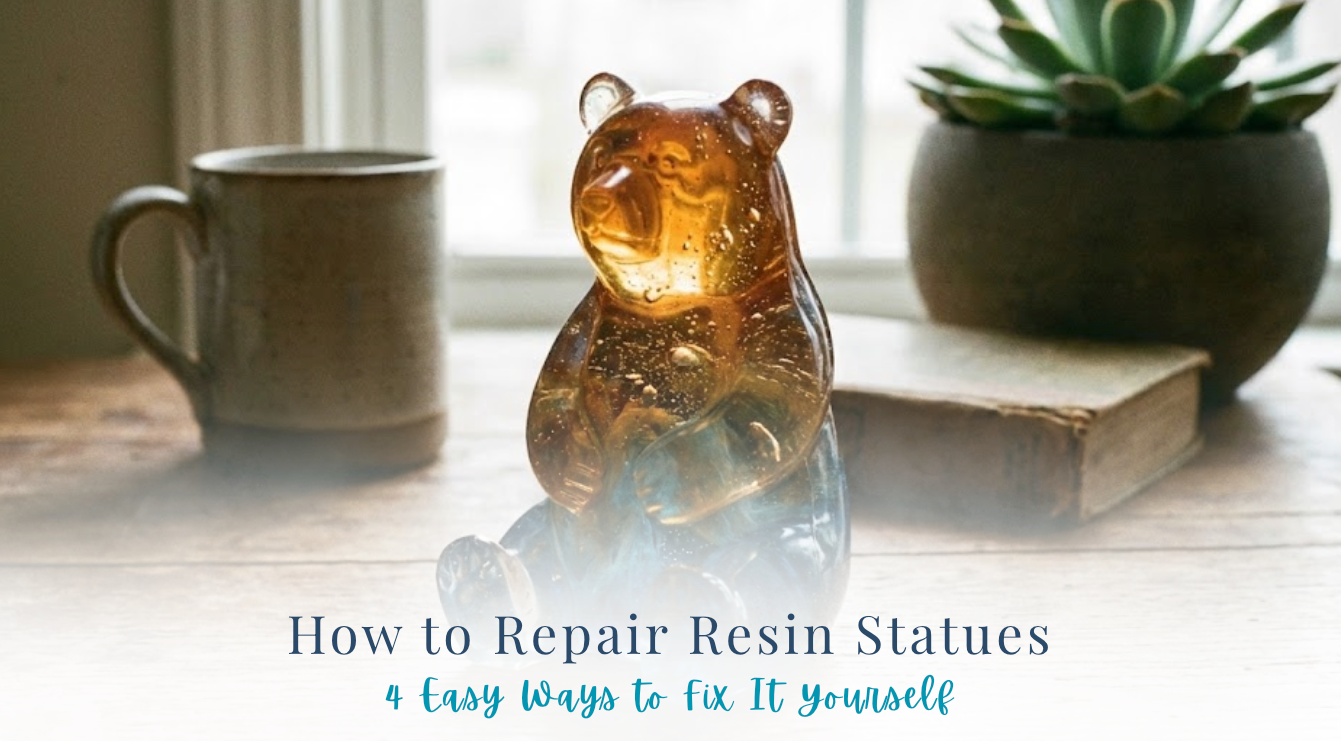

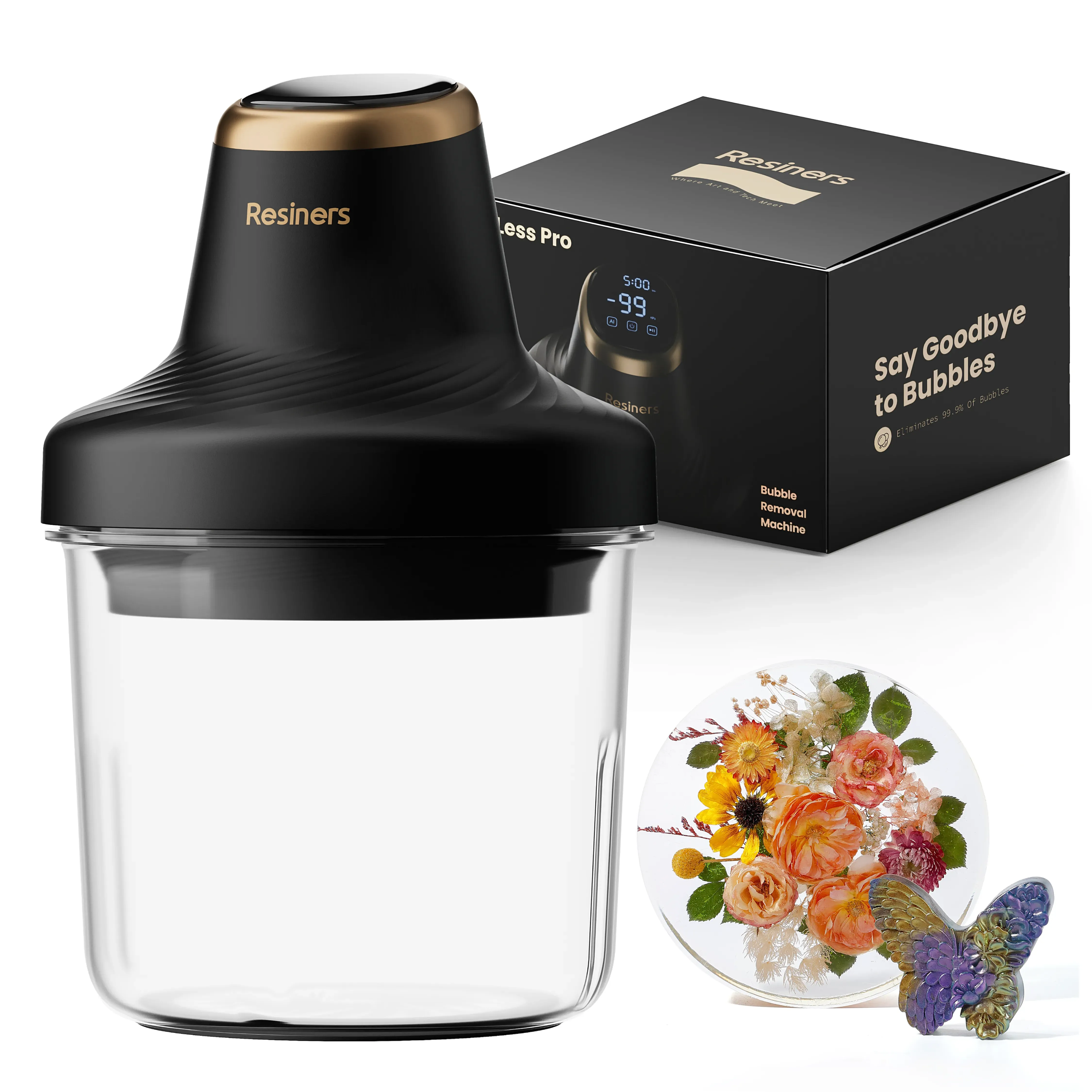
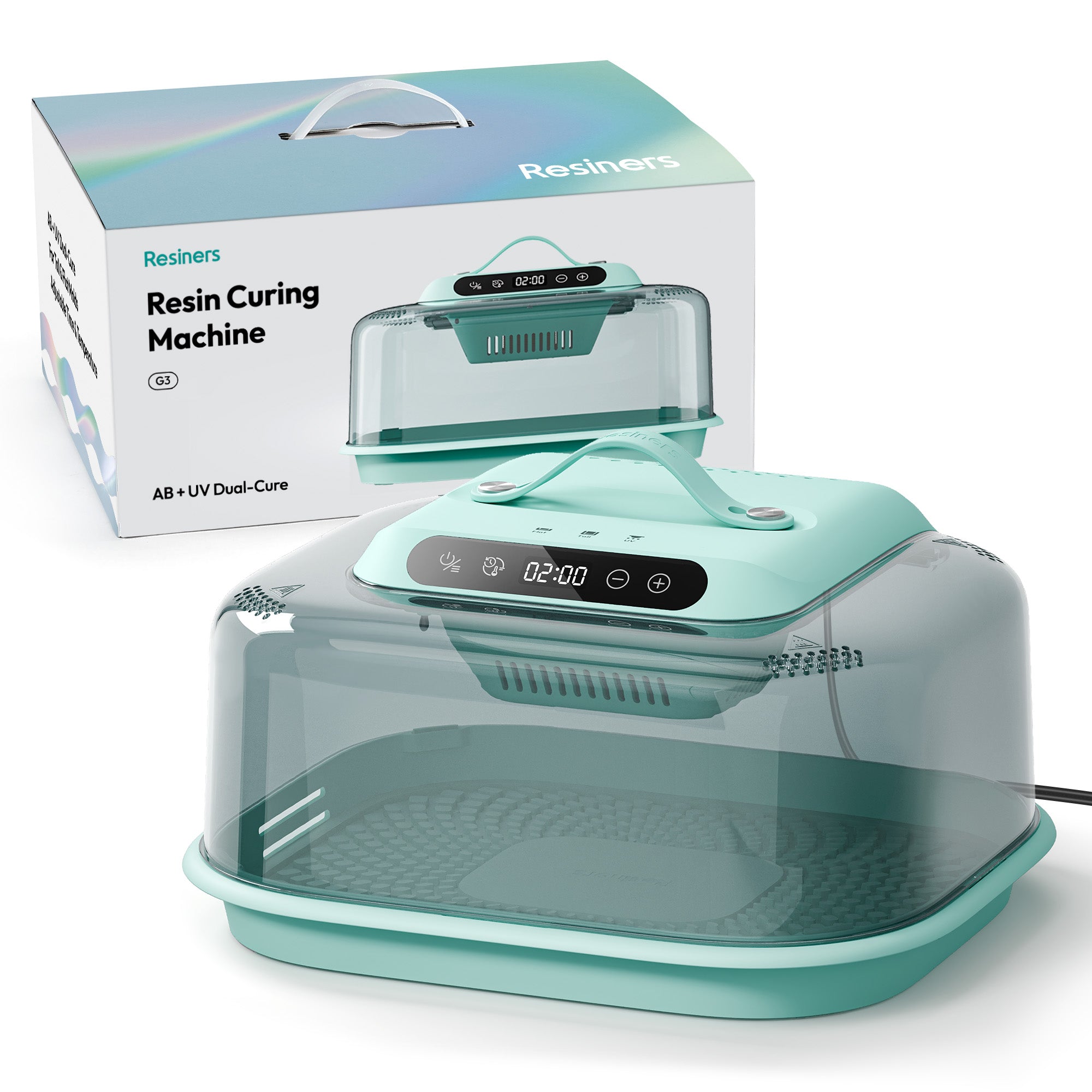
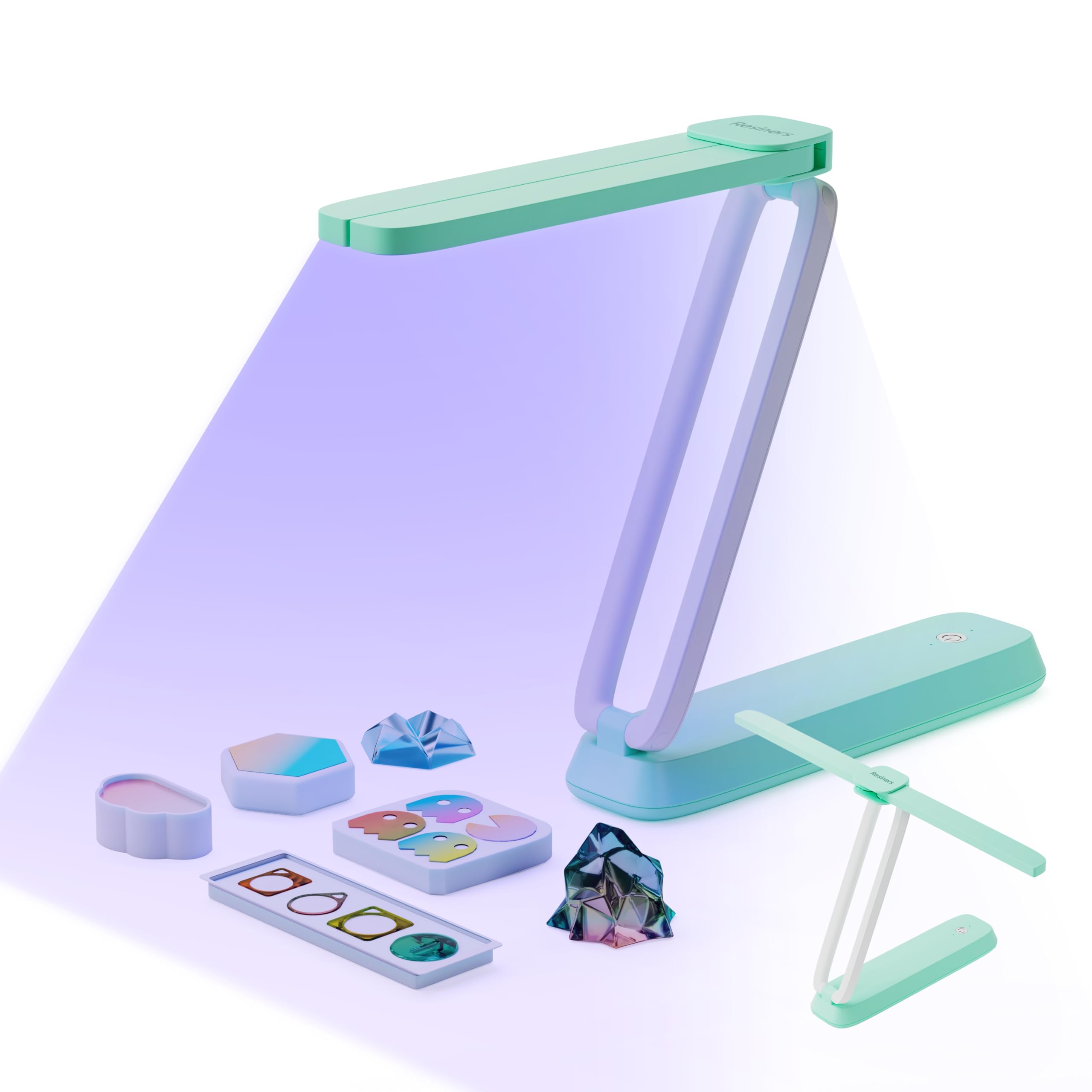
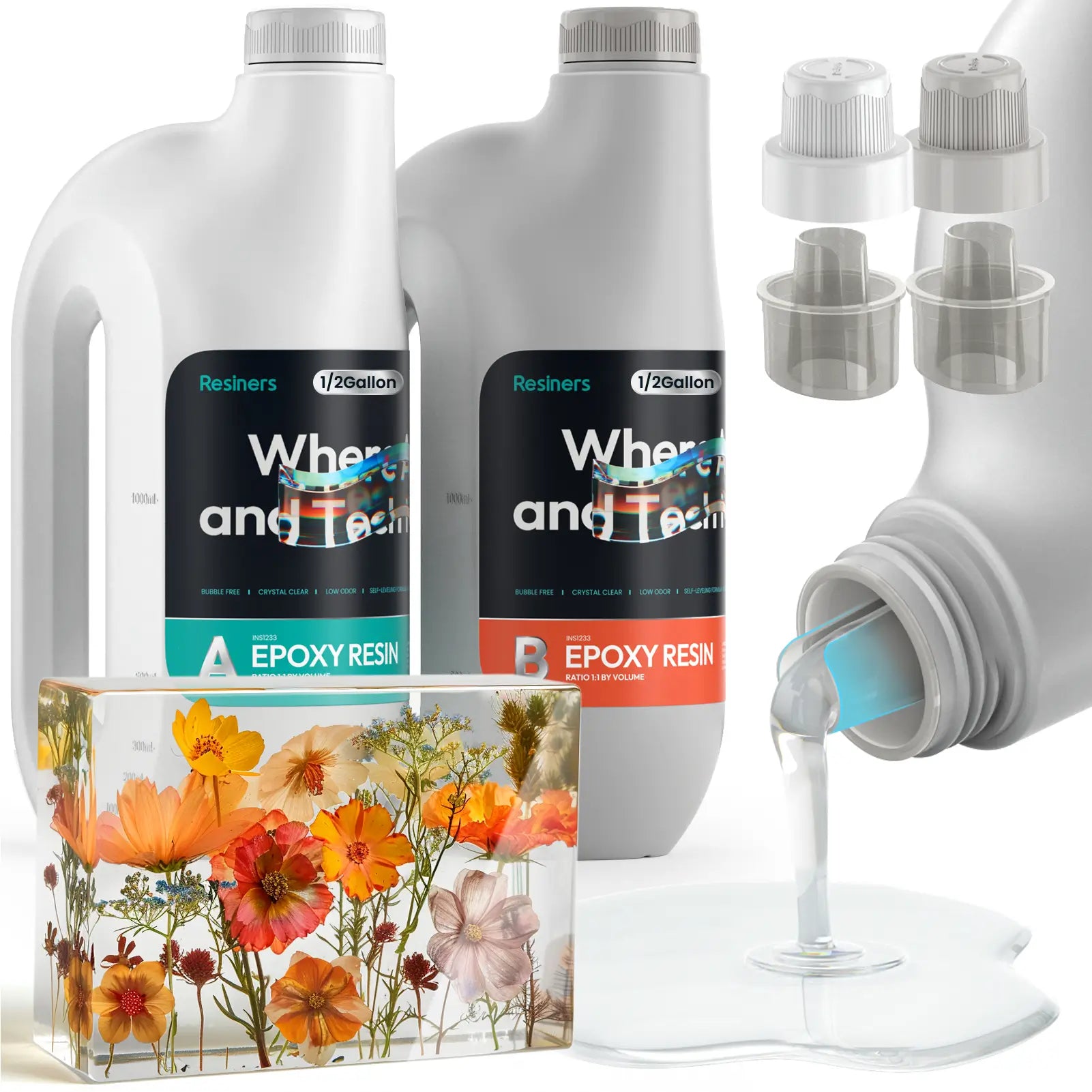
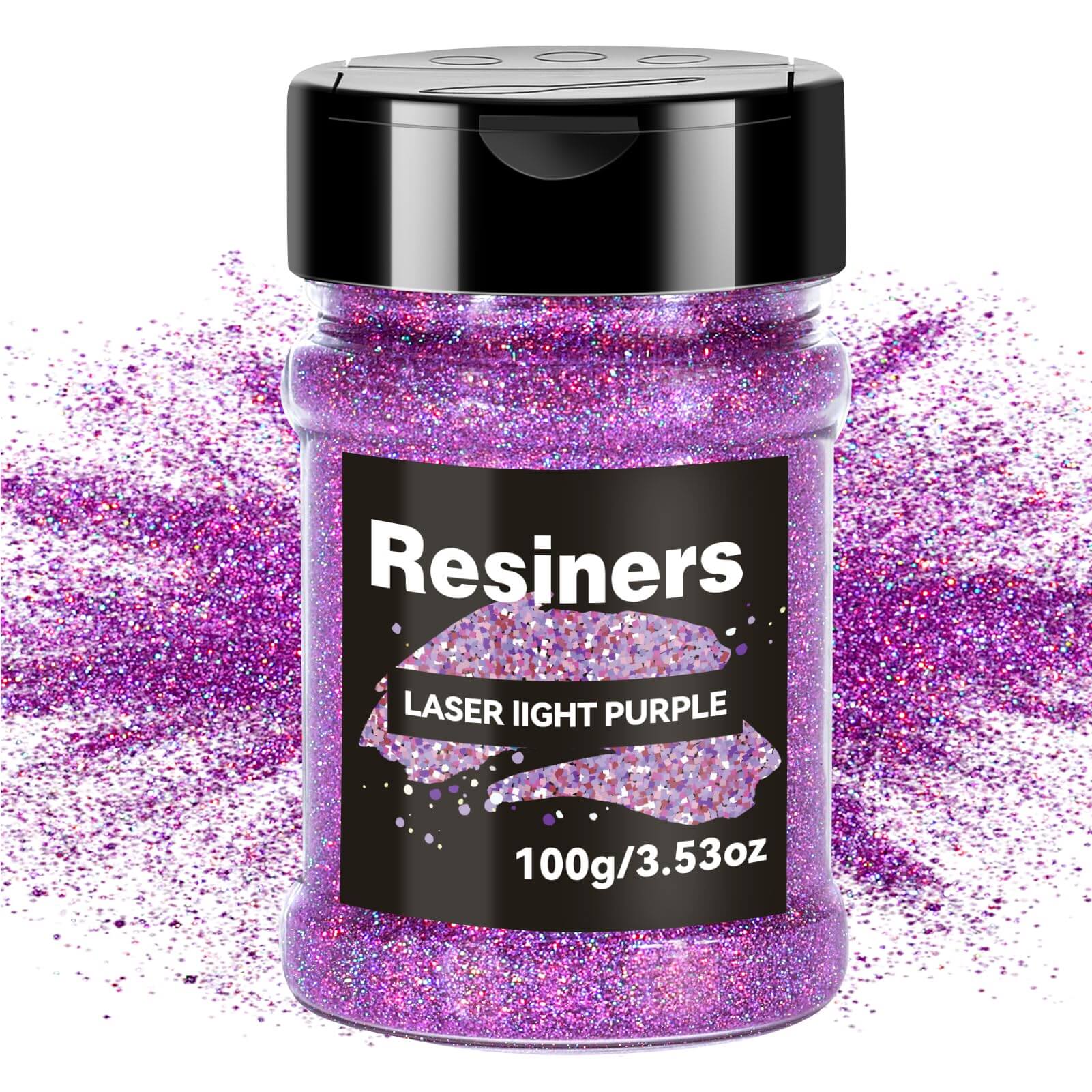
コメントを書く
このサイトはhCaptchaによって保護されており、hCaptchaプライバシーポリシーおよび利用規約が適用されます。